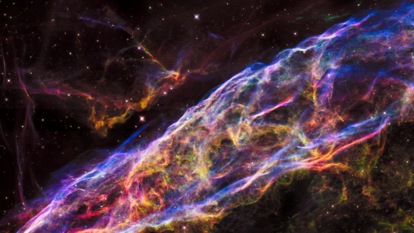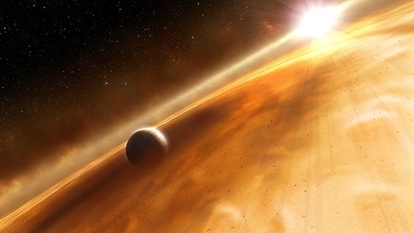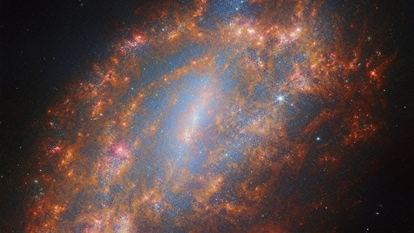Asteroid 2023 XZ11 to pass by Earth today, says NASA; Know how close it will get
NASA has shed light on an Apollo-group asteroid expected to pass Earth by a close margin today. Know its speed, size, distance of approach, and other details.


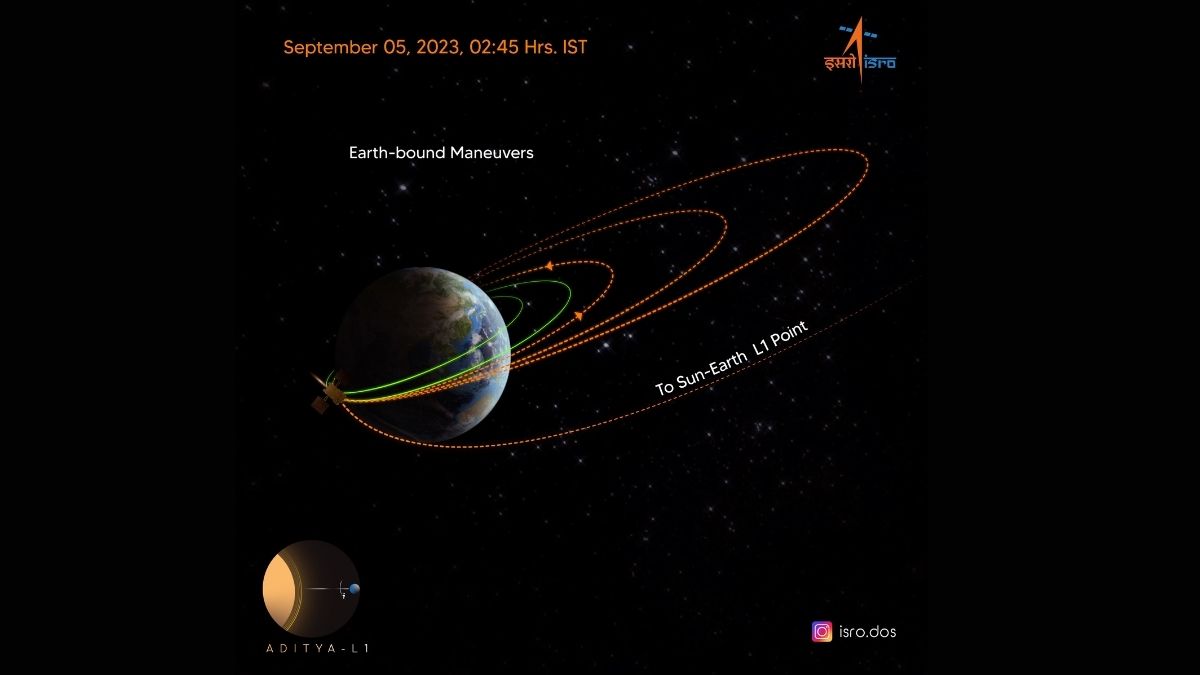
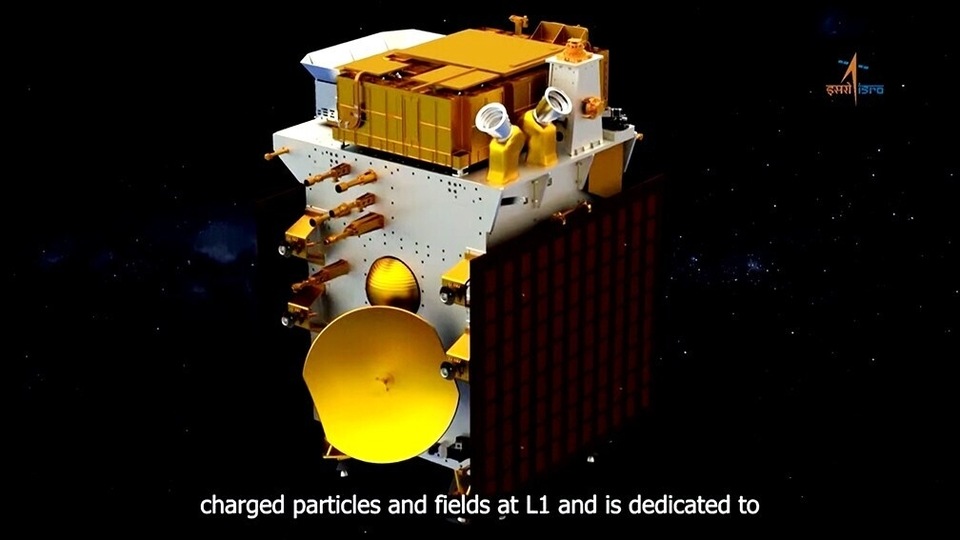
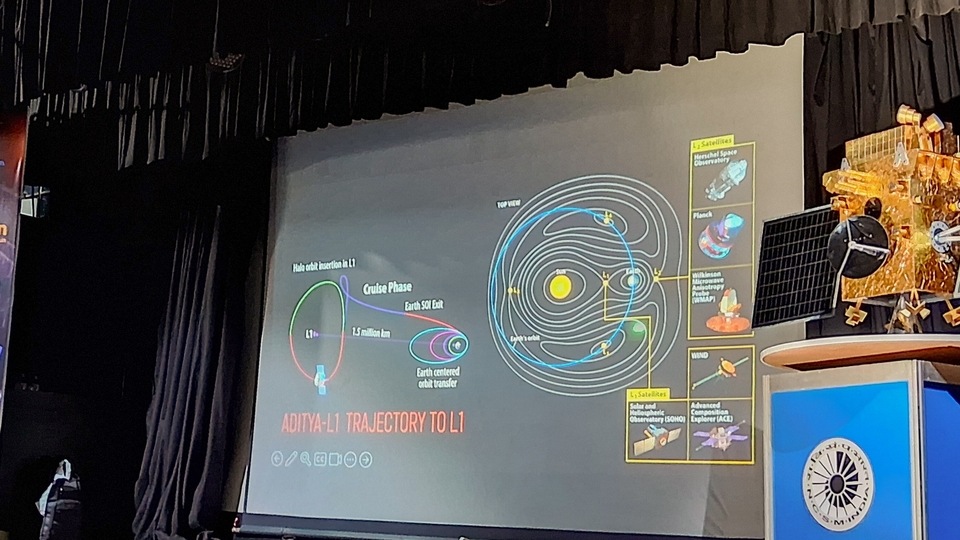

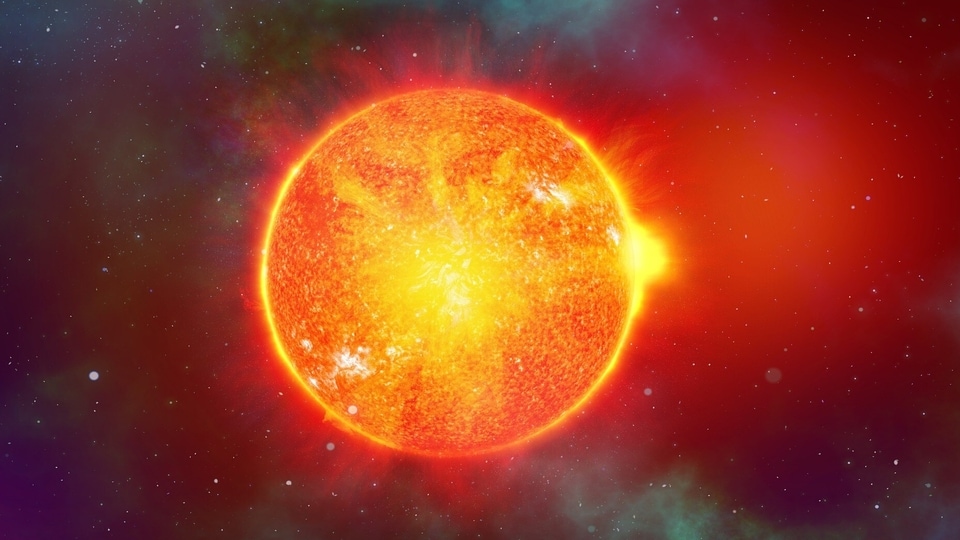

 View all Images
View all ImagesScientists study asteroids to learn more about the early solar system and the conditions that existed when the planets were forming. Asteroids can also provide valuable resources such as water, metals, and other minerals. Research on asteroids is critical since it can provide valuable information on the early stages of the solar system and planetary development. Furthermore, these celestial bodies might contain useful resources such as metals and water, which may be utilized in forthcoming space missions. NASA, with the help of its advanced space and ground-based telescopes, has recently tracked the asteroid that is set to pass Earth today, December 15, and shed light on details such as its speed, distance of approach, and more.
Asteroid 2023 XZ11: Details
The asteroid, given the designation of Asteroid 2023 XZ11, is travelling towards Earth in its orbit at a breakneck speed of 52929 kilometers per hour, which is even faster than Intercontinental Ballistic Missiles (ICBMs)! NASA expects this space rock to fly past Earth at a close margin of approximately 1.4 million kilometers.
While this asteroid will pass by closely, it isn't big enough to cause panic or any potential damage. As per NASA, the asteroid is 100 feet wide, making it almost as big as an aircraft. However, if it crashes on Earth, it could still cause damage to a certain degree. In 2013, a smaller 59-foot asteroid exploded over the city of Chelyabinsk in Russia, damaging 7000 buildings and injuring over 1000 people injured.
This space rock belongs to the Apollo group of Near-Earth Asteroids, which are Earth-crossing space rocks with semi-major axes larger than Earth's. These asteroids are named after the humongous 1862 Apollo asteroid, discovered by German astronomer Karl Reinmuth in the 1930s.
NASA has also revealed that Asteroid 2023 XZ11 has not passed Earth before and this will be its first-ever close approach. After today, this Apollo group asteroid is not expected to pass by the planet anytime in the near future.
Catch all the Latest Tech News, Mobile News, Laptop News, Gaming news, Wearables News , How To News, also keep up with us on Whatsapp channel,Twitter, Facebook, Google News, and Instagram. For our latest videos, subscribe to our YouTube channel.








